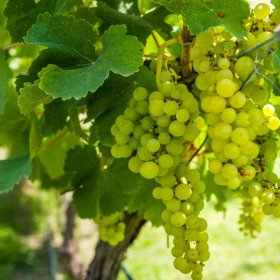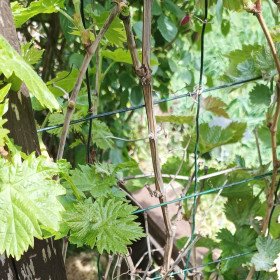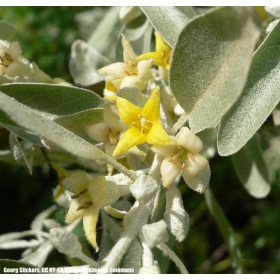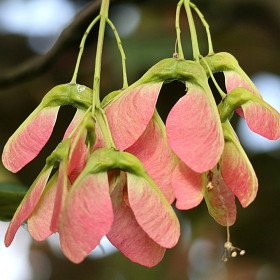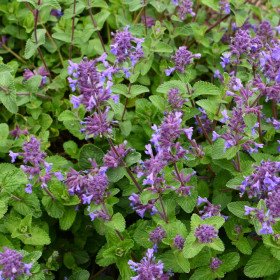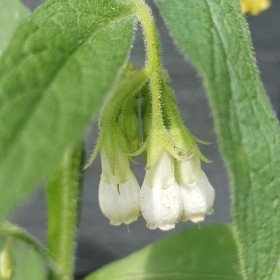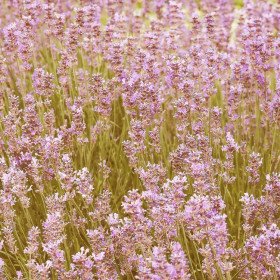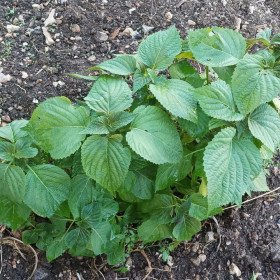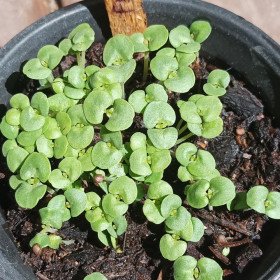20 Graines Cumin, Cuminum cyminum
20 Graines Cumin, Cuminum cyminum
- Modèle : 20 Graines Cumin, Cuminum cyminum
- Disponibilité : 8
- 1,50€
Cumin, Cuminum cyminum |
Cuminum cyminum, communément appelé le cumin, est une plante herbacée annuelle de la famille des Apiacées. Originaire du Moyen-Orient, le cumin est largement utilisé comme épice dans la cuisine du monde entier pour son arôme et sa saveur distinctifs.
20 graines
Description : Le cumin est une plante qui pousse jusqu'à une hauteur d'environ 30 à 50 centimètres. Elle présente de petites feuilles vertes finement divisées et des fleurs blanches ou rose pâle regroupées en ombelles. Les fruits du cumin, connus sous le nom de graines de cumin, sont de petites graines ovales et brunes.
Utilisation : Le cumin est une épice polyvalente utilisée dans de nombreuses cuisines à travers le monde. Il est souvent utilisé pour aromatiser les plats salés tels que les currys, les ragoûts, les sauces, les marinades et les mélanges d'épices. Le cumin a une saveur terreuse et légèrement amère avec des notes chaudes et épicées.
Symbolique : Le cumin est souvent associé à des qualités telles que la chaleur, la protection et la purification. Dans certaines cultures, il est également considéré comme un symbole de chance et de prospérité. Il a une longue histoire d'utilisation en médecine traditionnelle pour ses propriétés digestives et stimulantes.
Semis détaillé : Voici comment vous pouvez semer des graines de cumin :
Préparation des graines : Les graines de cumin peuvent être achetées dans les jardineries spécialisées ou en ligne. Choisissez des graines de qualité provenant d'une source fiable.
Préparation du sol : Le cumin préfère un sol bien drainé et fertile. Travaillez le sol en le désherbant et en l'ameublissant avec une fourche ou un râteau.
Semis en extérieur : Le cumin peut être semé directement en pleine terre après tout risque de gel. Creusez de petits sillons peu profonds dans le sol et placez les graines de cumin à une distance d'environ 10 à 15 centimètres les unes des autres. Couvrez légèrement les graines de terre fine.
Conditions de germination : Le cumin préfère les températures chaudes et ensoleillées. Arrosez régulièrement pour garder le sol humide mais évitez l'excès d'eau qui peut provoquer la pourriture des graines. Les graines de cumin germent généralement dans les 7 à 14 jours.
Entretien : Une fois que les plants de cumin ont atteint une hauteur d'environ 10 centimètres, vous pouvez éclaircir les plants en gardant une distance de 20 à 30 centimètres entre eux. Arrosez régulièrement pour maintenir le sol humide, mais évitez l'excès d'eau.
Récolte : Les graines de cumin sont récoltées lorsque les fruits sont complètement secs sur la plante. Coupez les tiges avec les fruits et laissez-les sécher dans un endroit chaud et sec. Une fois les fruits complètement secs, vous pouvez les frotter pour libérer les graines.
Le cumin est une plante intéressante à cultiver pour son utilisation culinaire et ses propriétés aromatiques. Profitez de la saveur distinctive du cumin dans vos plats et expérimentez avec cette épice polyvalente !
Etiquettes : cumin, cuminum, cyminum, GRAINES DE FLEURS & ARBRES Cumin, Cuminum cyminum, Aromatiques & médicinales Cumin, Cuminum cyminum, Fleurs & Herbes ornementales Cumin, Cuminum cyminum, GRAINES POTAGÈRES & AROMATIQUES Cumin, Cuminum cyminum, Cumin, Cuminum cyminum GRAINES DE FLEURS & ARBRES, Cumin, Cuminum cyminum Aromatiques & médicinales, Cumin, Cuminum cyminum Fleurs & Herbes ornementales, Cumin, Cuminum cyminum GRAINES POTAGÈRES & AROMATIQUES


